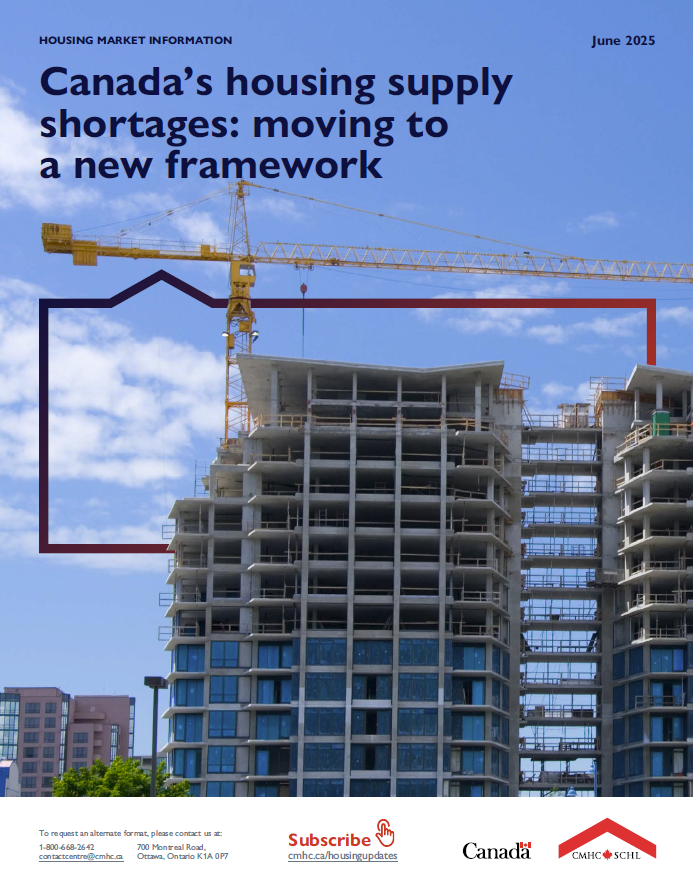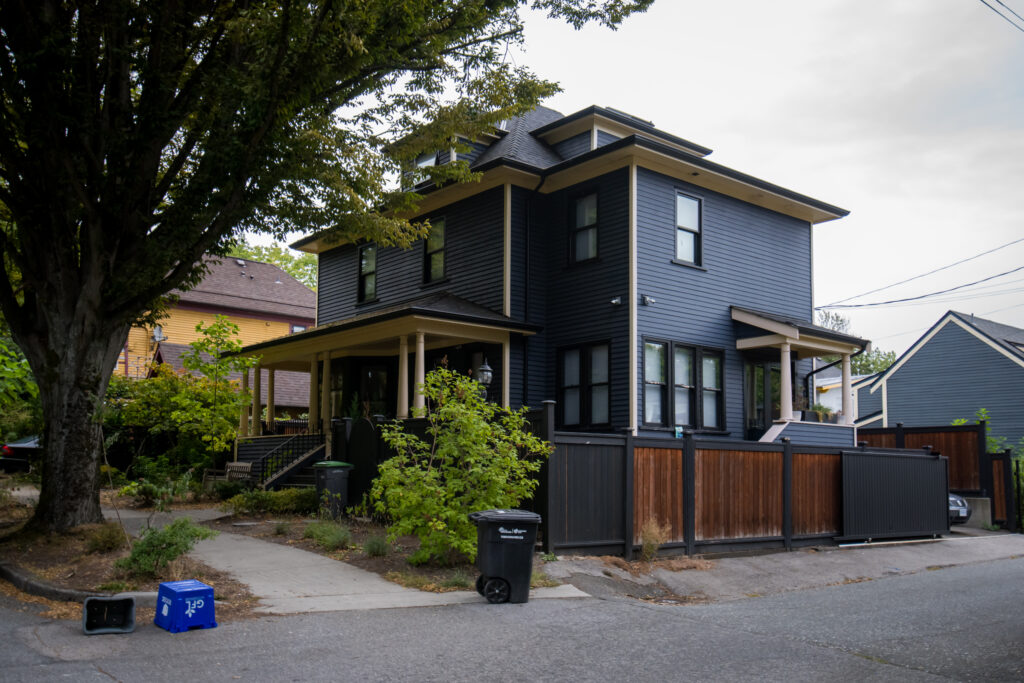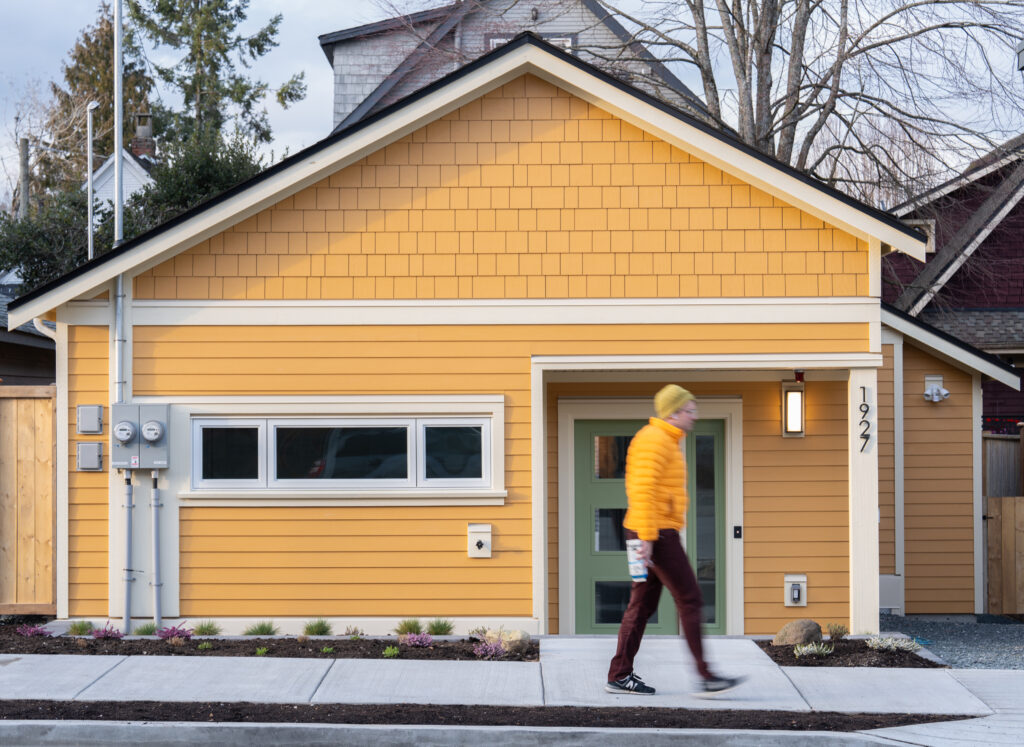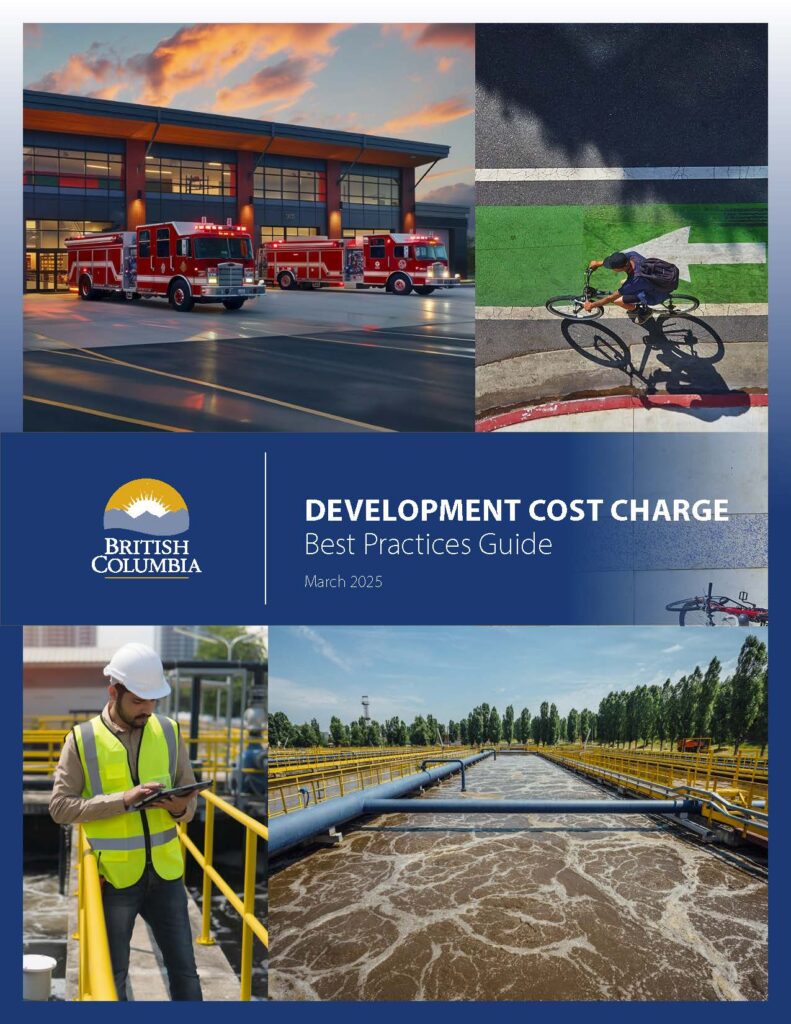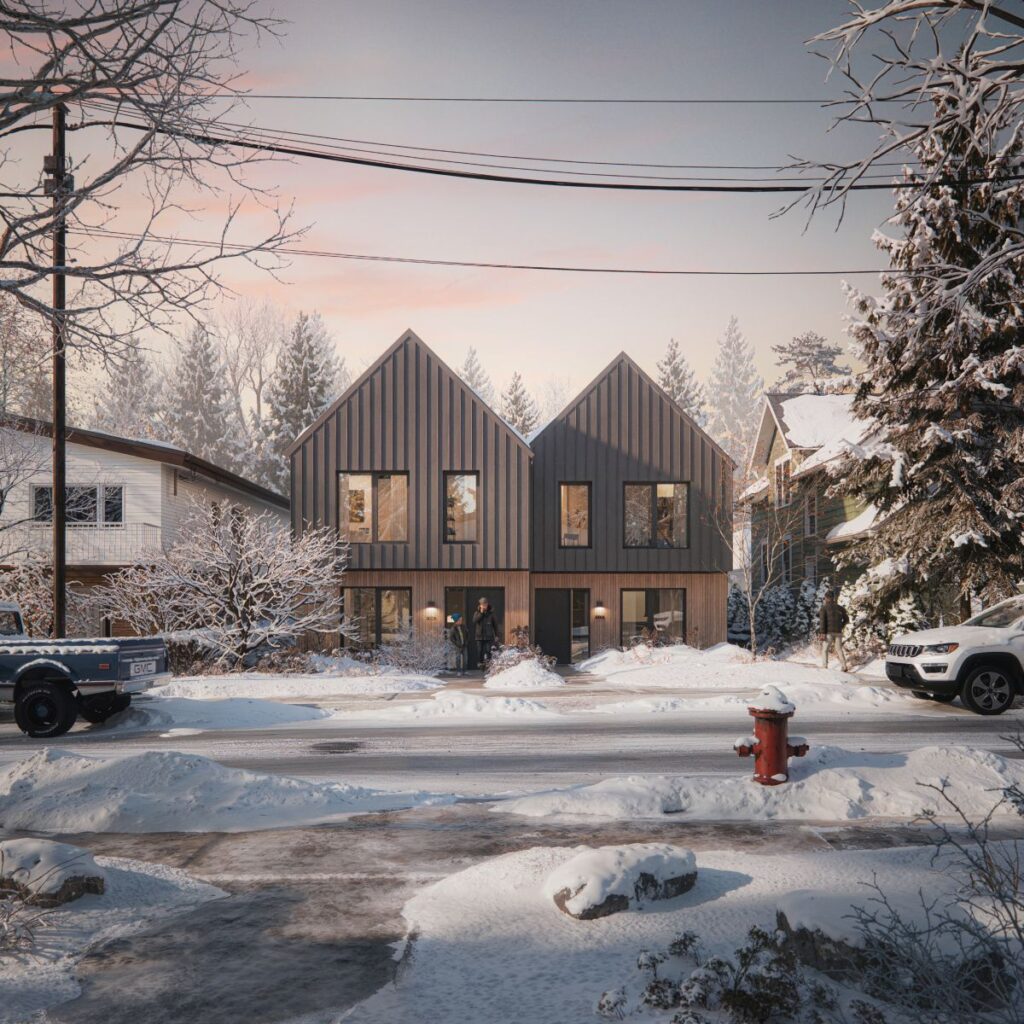Authored by Jens von Bergmann and Nathan Lauster (MountainMath and UBC Sociology), this report explores what zoning might look like if it responded directly to underlying demand for housing — rather than restricting development through outdated low-density rules. Using Vancouver as a case study, the authors model how floor space ratios (FSRs) could be set to meet demand, reduce exclusion, and slow the costly “teardown cycle” that accelerates carbon emissions.
The paper highlights how zoning far below demand not only limits who can live in desirable areas, but also undermines long-term housing resilience. Recommendations call for forward-looking zoning that adapts to changing needs, expands supply, and supports climate goals.
Read how demand-based zoning could reshape housing policy for a more equitable, sustainable future.
Keywords: demand-based zoning; gentle density housing; zoning reform; floor space ratio; Vancouver housing policy; housing demand modelling; exclusionary zoning; teardown cycle; climate impact of zoning; MountainMath


